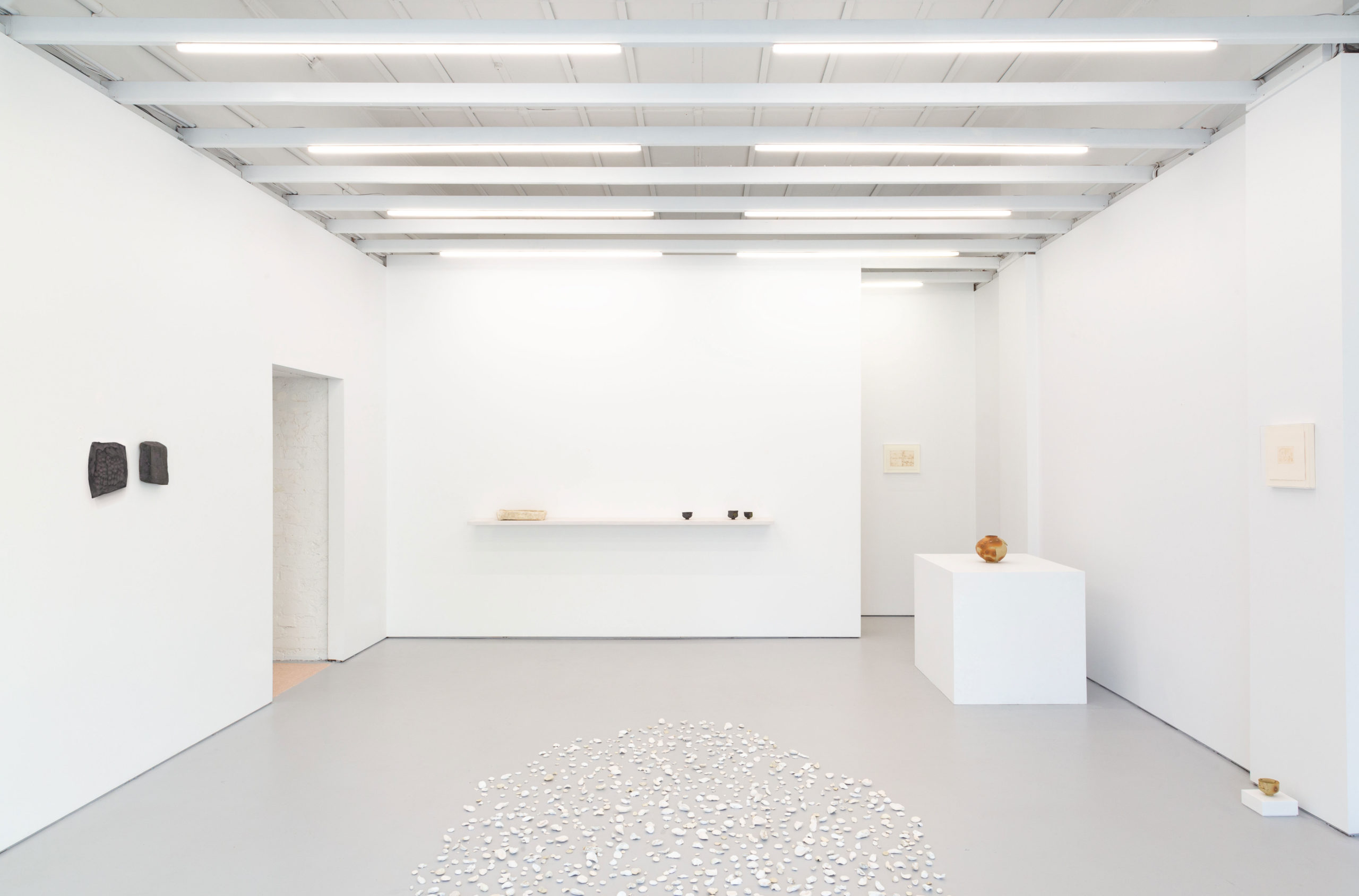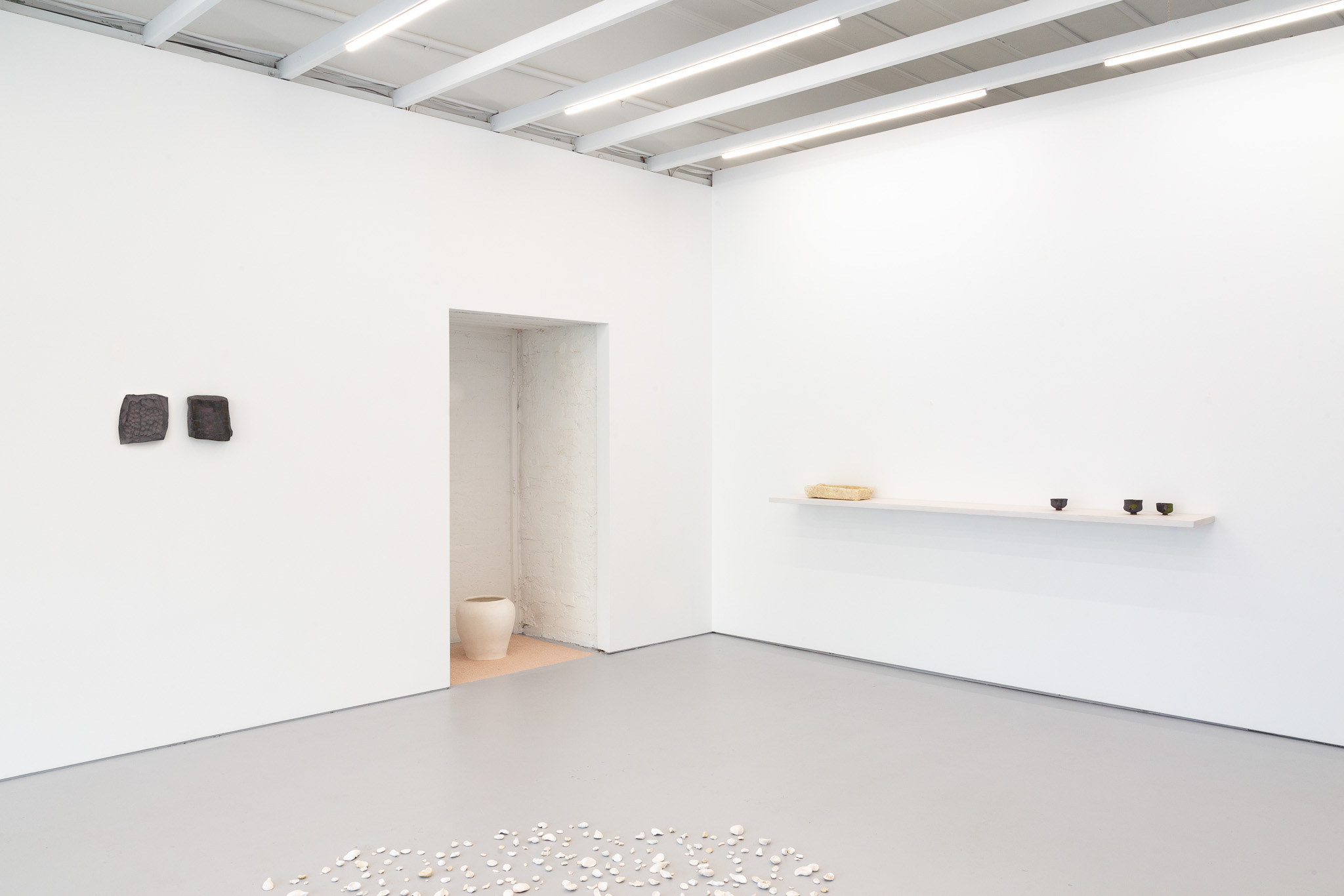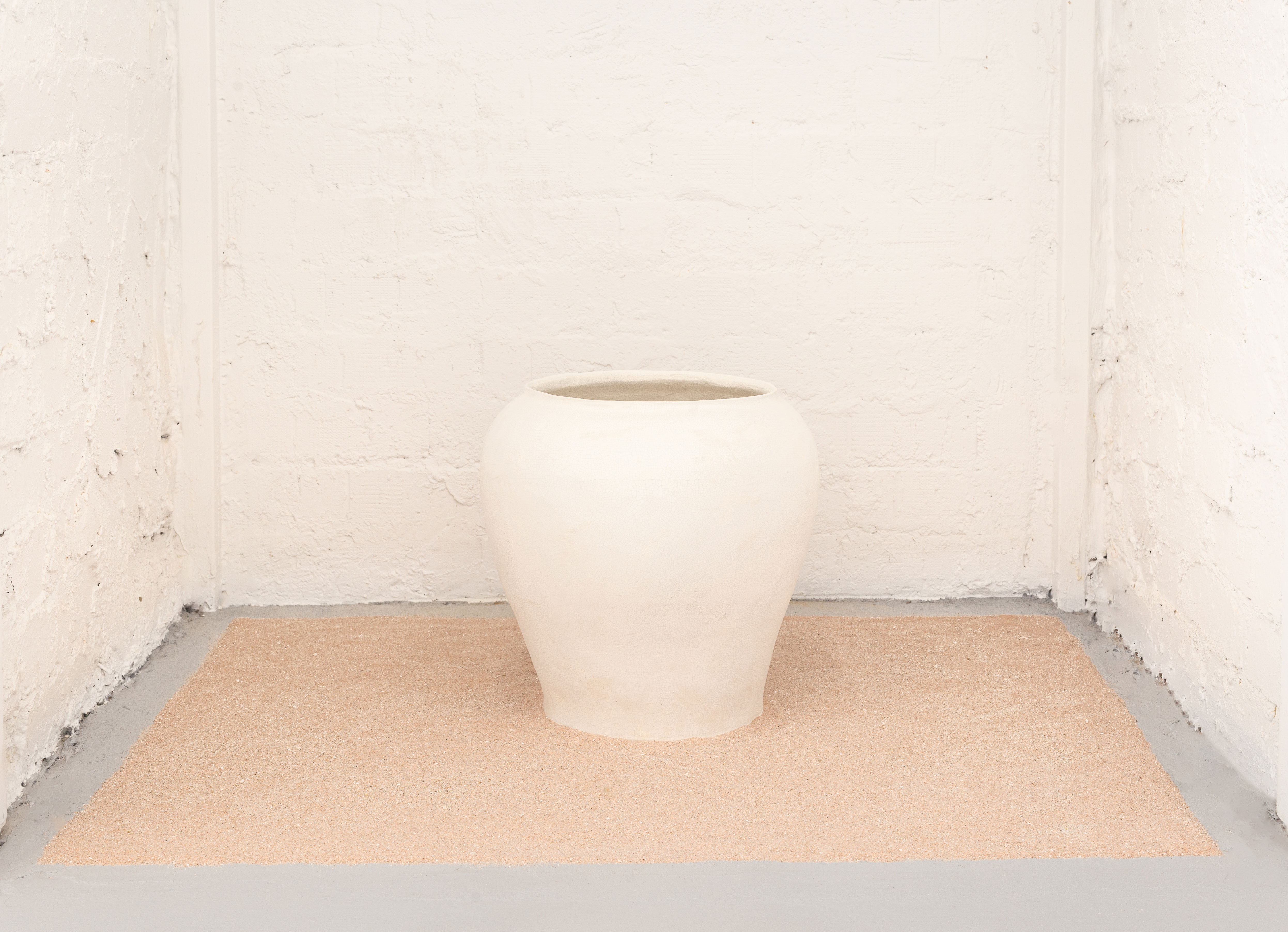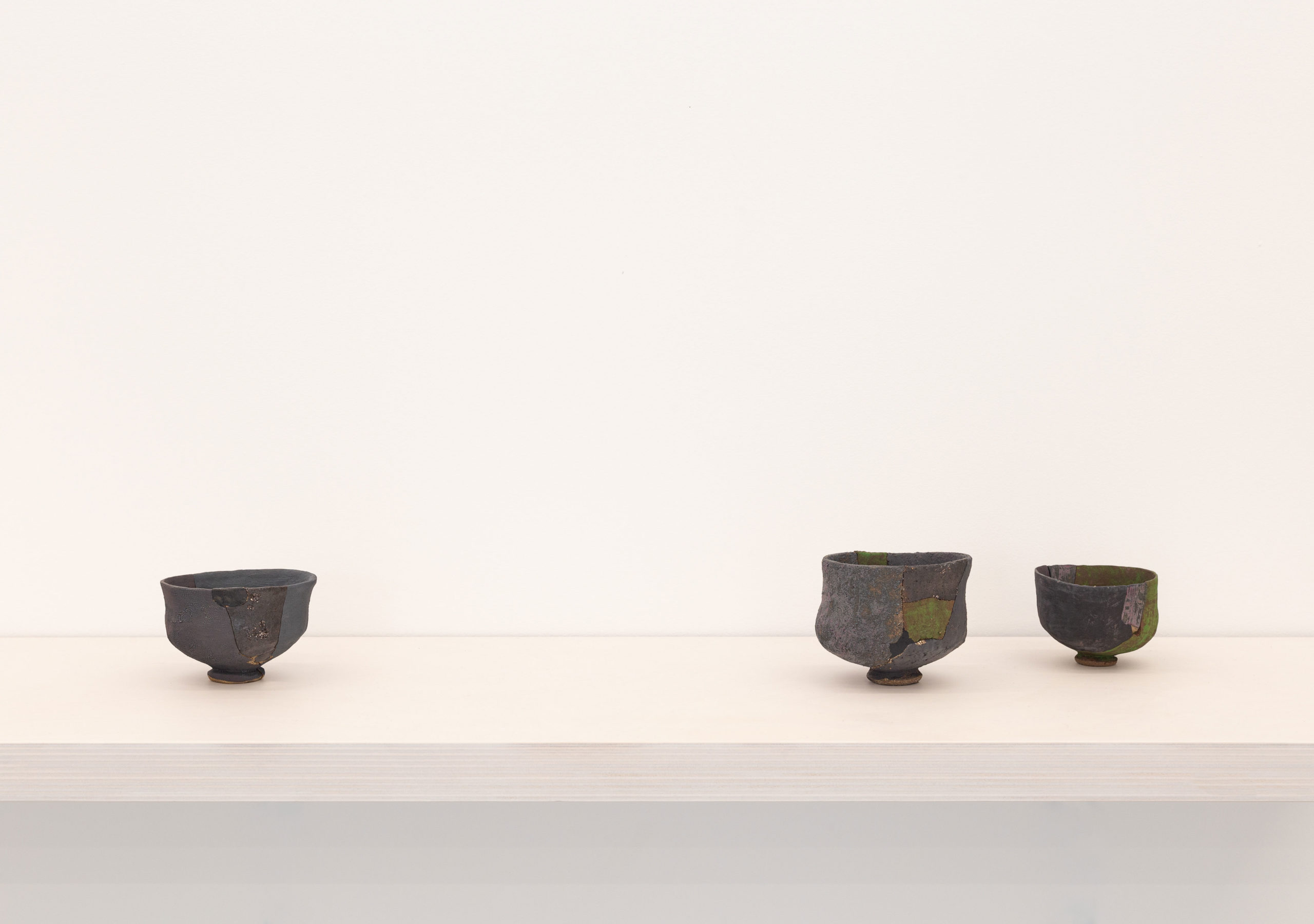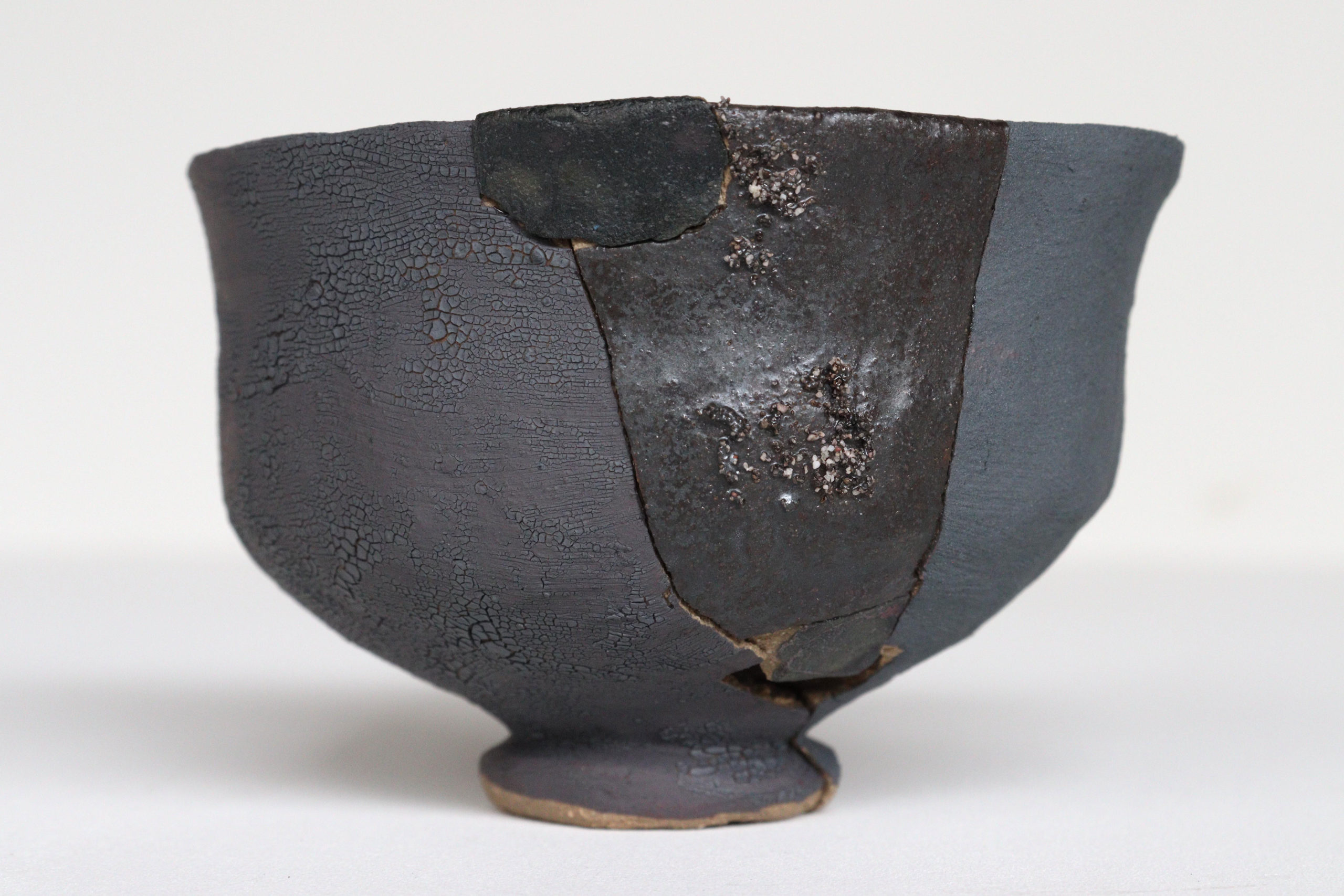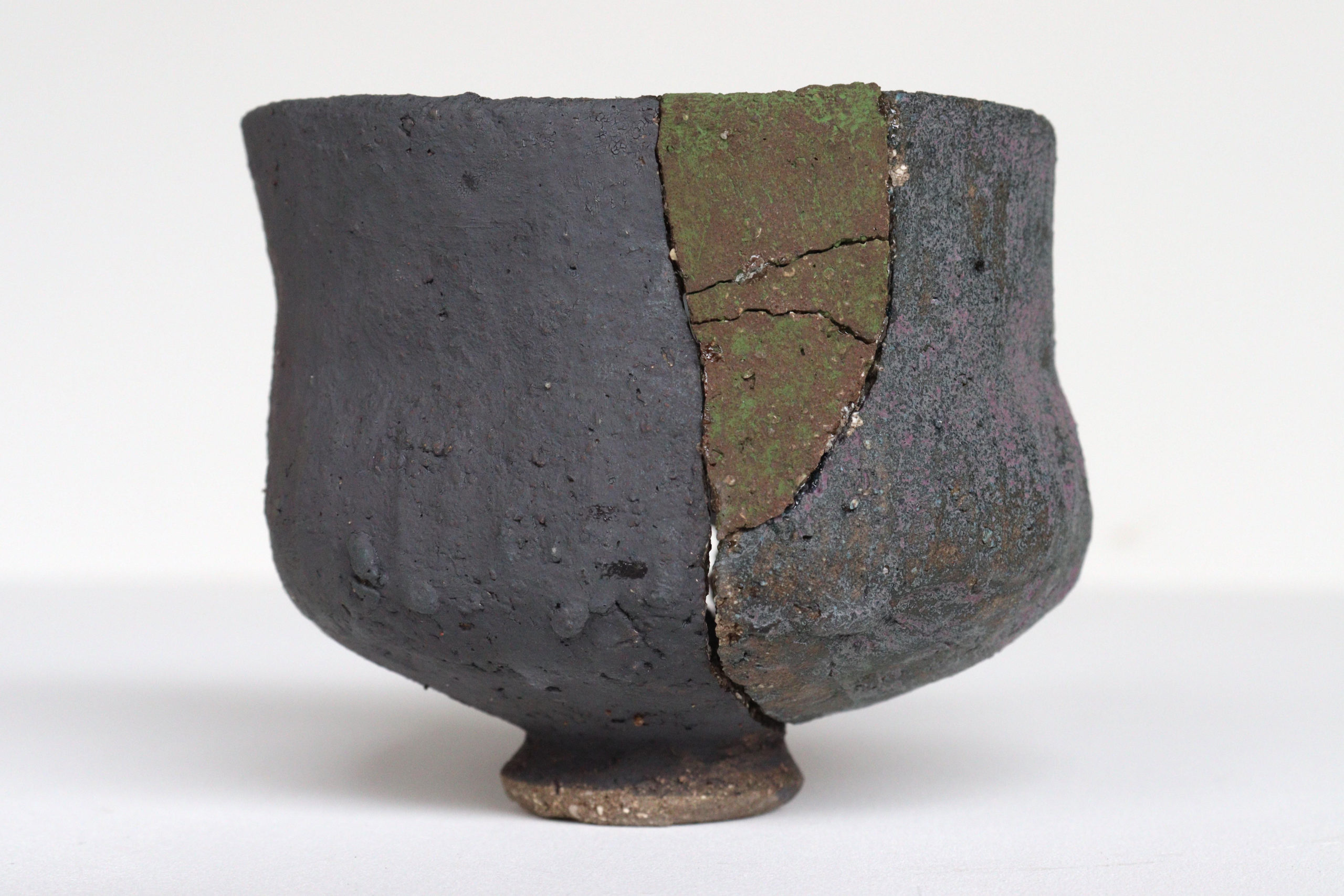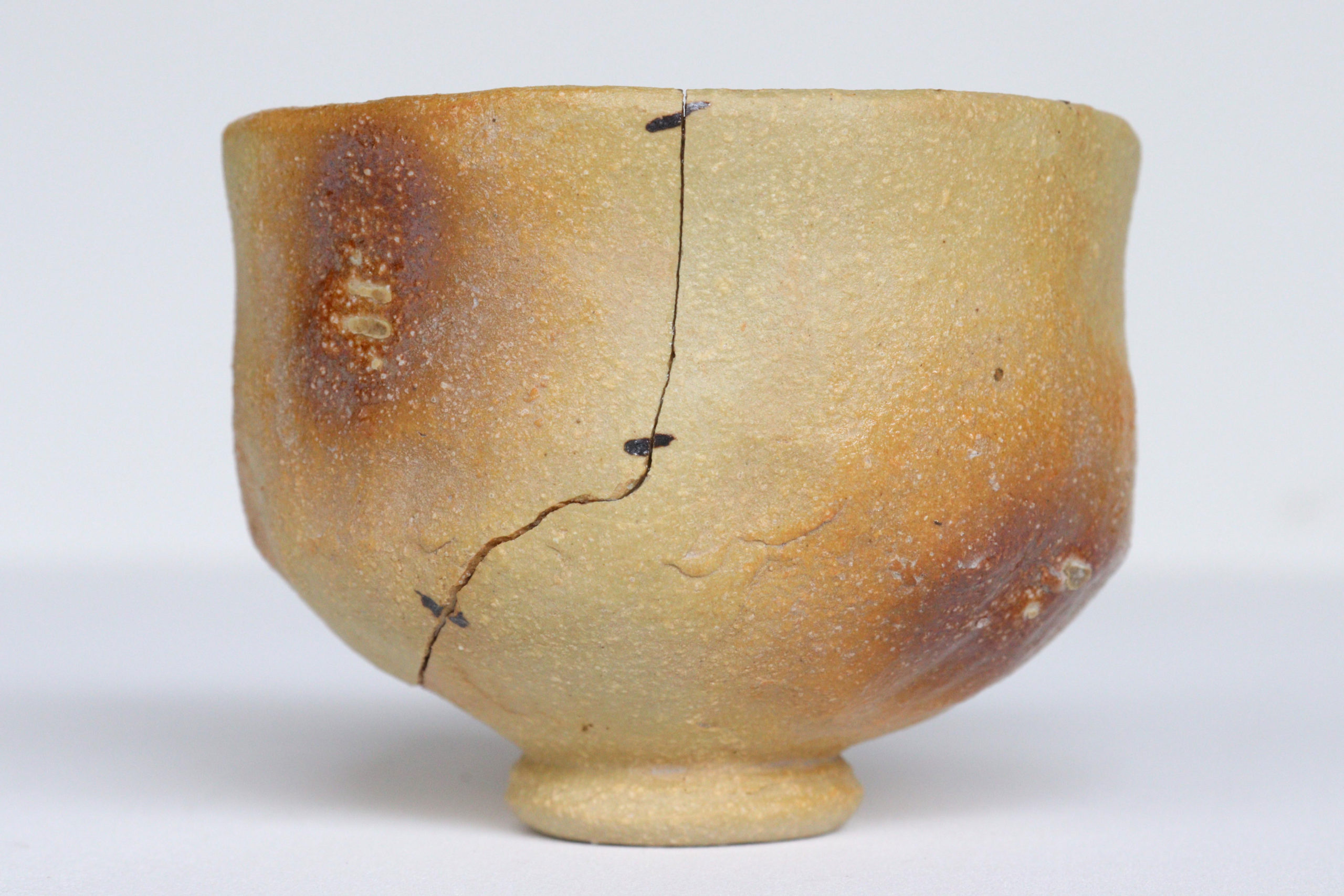Artists whose work is quiet, understated and with no overt didacticism, let alone self-evident influences, create the prospect of uncertain commercial and institutional attention. Posturing and fatuous grandeur are their anathemas. Art that prefers to speak in whispers will attract those keenly interested in the subtle inflections of work created from inquisitiveness, research, and subjective introspection, where the restraint and potential application of materials become central to the steadfastness of their art.
Aesthetics of the sublime, skillfully realised, and working with so-called traditional materials is not a cliched plea for a return to an old-school discipline. Rather, it might be seen as an acknowledgement that declarative newness is, unsurprisingly, not inescapably new. Too often, we see art as banal actions and activism eclipsing any criticality of its subject, let alone works which flirt with newness with the physical character of media use. To be told something is transgressive is to expect the obvious: transgression, too, has its own formulaic presentation and frequent cringeworthy familiarity.
Alana Wilson works variously within and across well-known disciplines. Each media choice allows her to concentrate the expression of an idea, where a unique complementarity between the concept and its material realisation creates work of refined interconnectedness. It is a program of conceptualisation, but where expectations within capricious processes shape the character of her art.
There has always been a fascination with the beauty of the fragment, even a shard. It has been a curatorial preoccupation for museums – anthropology to art history. The idea that a detail might invoke something revealing about cultures, something brought to light from ruin. Or Ruskinian romanticism of the ruin itself, and decay as pictorially sublime.
In Alana’s case, the process and use of materials evokes a romantic conceptualism, where forethought settles on what she decides to make, then process plays its fickle role. But the process itself is foregrounded in research and the potential consequences of the orchestrated uncertainty of the kiln. We might better understand this seeming contradiction through Japanese ceramics and other Japanese concepts where incidents from fly ash, marks and inflections become a natural aesthetic appreciation. The respect for so-called imperfections (as we might regard them) in wabi-sabi is familiar to Western audiences.
Works as subtle as Shell Saggar TB, with its application of shell-flashing or Map of Fragility, are subtly emblematic of Alana’s environmental interests, her interest in research and inquiry about places and circumstances. These works are physically intimate while suggesting a wholeness of living, potential destruction; but they also suggest a rebirth in material, physical form. Process and gesture are inseparable from shaping each work’s all-embracing meaning.
In Map of Fragility IV, assembled post-fired fragments become the antithesis of utilitarianism. At first glance we might mistake it as a nod to Japanese kintsugi where broken ceramic parts are reassembled, usually using gold lacquer as a bond, to recreate its original form. But Alana doesn’t reassemble, it is an object of fragments assembled anew, from scratch – an ensemble of suggestion and quiet meaning. There is no reworking of the original object, now just a new object.
Midden is the vast encapsulation of Alana’s research, craft, and preoccupation with process. Historical coastal Aboriginal shell middens near her home holds its origin. Hand-formed gestures in clay are rematerialised, they become cultural ideograms across space and time. Detritus as a cultural marker is redefined through the malleable character of clay, an aggregated signifier of history and human presence. Each individual element can hold our attention suggesting that the parts are, actually, equally as intriguing as the whole.
Alana’s ceramic work sits unusually within a decades-long applied term of non-functional ceramics. It is a clumsy catch-all which can mean anything and, ultimately, very little. I wish it didn’t exist. Ceramic expression is always functional – culturally, visually, intellectually, sculpturally – from objects of the imagination to Japanese roof tiles. We would never refer to a particular art as non-functional because of its inability to engage functionally on any cognitive level.
I see Alana’s lithograph, Gesture, as a preamble and postscript to the exhibition: it is a large fingerprint; that’s it. Everything she does across each medium involves visible physical gestures, discreet and overt, and they abound; an artist making, marking and where her direct and intimate presence is seen and deeply sensed.
Alana Wilson’s work is visceral, intimate, and tactile, drawing upon natural, biographical, art-historical and anthropological sources. With a practice involving philosophical inquiry and material investigation, using primarily ceramic, also bronze, printmaking, and photography.
Forming a visual and conceptual lineage across mediums and processes, the Australian-born, New Zealand-raised artist questions the relationship between humans and their environments and the scale at which we exist in nature: the macrocosm and interconnectedness of all life, from the intimate to the universal.
Alana Wilson (b. 1989 in Canberra, Australia) lives and works in Sydney, Australia. Select recent solo exhibitions include Passages, Gallery Crossing, Minokamo, Japan (2022); Alana Wilson at Potter’s House Mallorca, Islas Baleares, Spain (2022); Planets, Mercies, & The Flow (惑星、慈愛、そして絶間ない流れ), Gallery Crossing, Minokamo, Japan (2020). Select group exhibitions include Perspective, Gallery Crossing, Minokamo, Japan (2023); Smoke, ReadingRoom, Naarm / Melbourne, Australia (2023); Outside In, Laree Payne Gallery, Hamilton, New Zealand (2022); Earthbound, Goulburn Regional Gallery, Goulburn, Australia (2021); (Three Artists, Forms, Colours), ReadingRoom, Naarm / Melbourne, Australia (2020). Alana received both her Bachelor of Fine Art (Ceramics) and Bachelor of Fine Art (Honours) from National Art School, Sydney (2011) and (2012).

